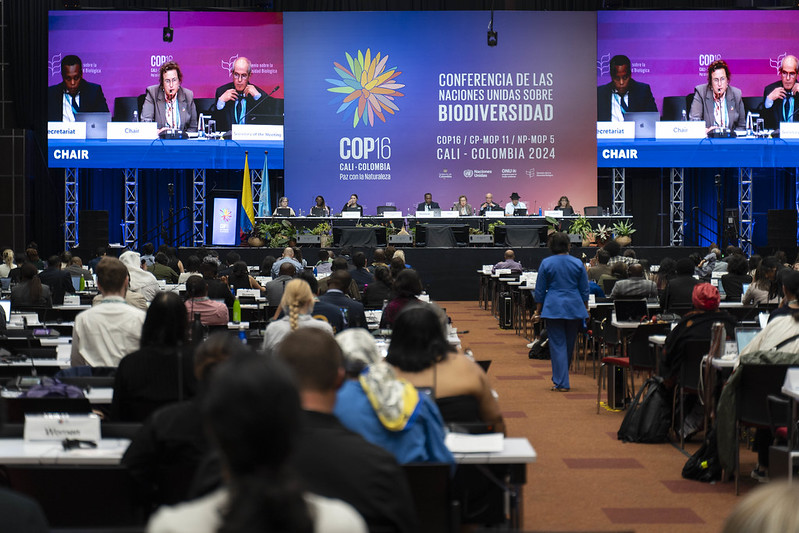What were the main outcomes of the UN Biodiversity Conference COP16 and what happened behind the scenes? Here are key takeaways from our webinar with negotiators, researchers, NGOs and other experts.
On 21 November, some 150 people tuned into the webinar Post COP16 analysis: From biodiversity commitments to action. The event was co-organized by SIANI, Focali, Stockholm Environment Institute, WWT, the Centre for Environmental and Climate Science (CEC) at Lund University and Biodiversity and Ecosystem services in a Changing Climate (BECC) with researchers from Lund University and the University of Gothenburg.
The Focali – SIANI collaboration and partners held a similar post-match analysis after COP15 and Maria Ölund from Focali describes the importance of these dialogues:
“To translate commitments made to action going forward, it is important to unpack the outcomes and hear what they imply from a diversity of actors who have been directly involved in the negotiations and meetings.”
Watch the webinar here or scroll down to read a summary.
